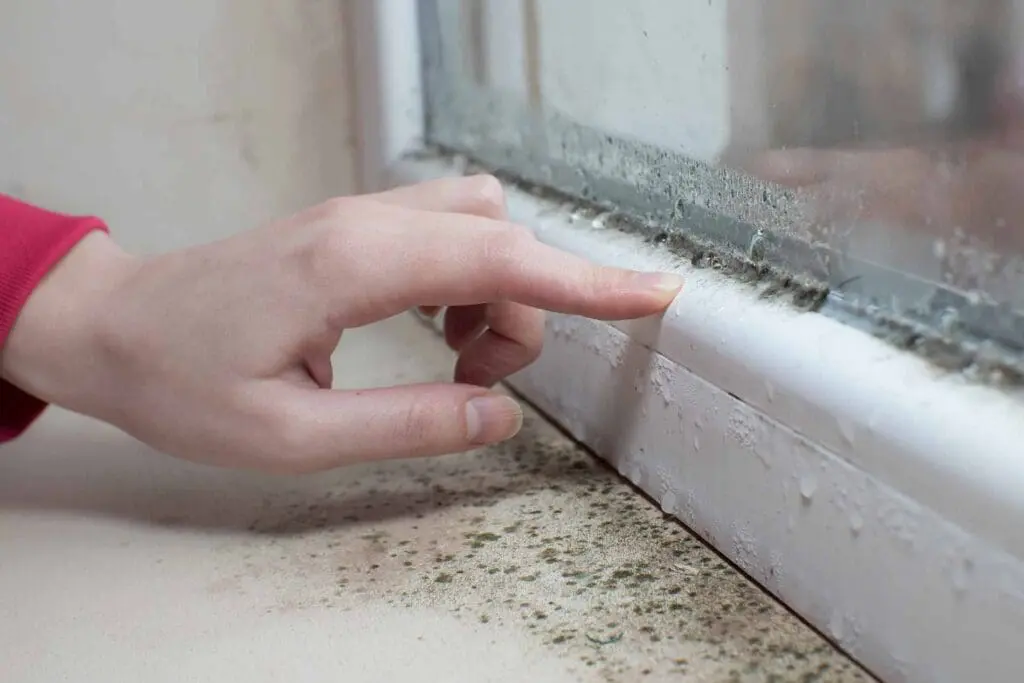Persistent damp patches on walls or ceilings
Damp patches indicate excess moisture trapped within your walls or ceilings, often caused by leaks, poor ventilation, or rising damp. Left untreated, they can lead to structural damage and mould growth.

Expert solutions to eliminate damp, prevent mould, and improve ventilation
Condensation and mould are more than just a nuisance - they can damage your property and pose serious health risks. Poor ventilation often worsens these issues, leading to damp conditions that encourage mould growth. At Drypex, we specialize in identifying the root causes of condensation and mould problems and providing tailored ventilation solutions to keep your home dry, fresh, and healthy.
We provide effective solutions for condensation and mould, improving ventilation in your home to prevent damp and related health issues. Breathe easier with our tailored, long-lasting remedies for a healthier living environment. Say goodbye to damp, mould, and poor air quality. We can transform your home into a safe and comfortable environment.
Damp patches indicate excess moisture trapped within your walls or ceilings, often caused by leaks, poor ventilation, or rising damp. Left untreated, they can lead to structural damage and mould growth.
Black mould thrives in damp, poorly ventilated spaces. It typically appears around windows, corners, or other moisture-prone areas and can pose serious health risks, including allergies and respiratory problems.
Condensation forms when warm, moist air meets cold surfaces, like windows. Over time, this can create damp conditions that promote mould growth and damage to window frames.
A persistent musty smell is often a sign of mould or hidden damp issues. These odours are caused by fungal growth and trapped moisture, indicating underlying problems that need immediate attention.

Proper ventilation is the cornerstone of condensation control. It helps remove excess moisture and promotes air circulation, reducing the likelihood of condensation formation.
Controlling indoor humidity is crucial for preventing condensation. The ideal relative humidity range for homes is between 30-50%.
Well-insulated homes are less prone to condensation and more energy-efficient.
Consistent heating helps prevent cold surfaces where condensation can form.
While many condensation issues can be resolved through DIY methods, certain situations warrant professional intervention. These may be as follows:
Despite regular cleaning and improved ventilation, mould continues to reappear.
Visible signs of damage such as warping floors, peeling wallpaper, or crumbling plaster.
Persistent damp smells that remain, even with improved ventilation.
Tide marks on walls, salt deposits, or deteriorating skirting boards.
Experiencing increased allergies, respiratory issues or other health problems potentially linked to indoor air quality.